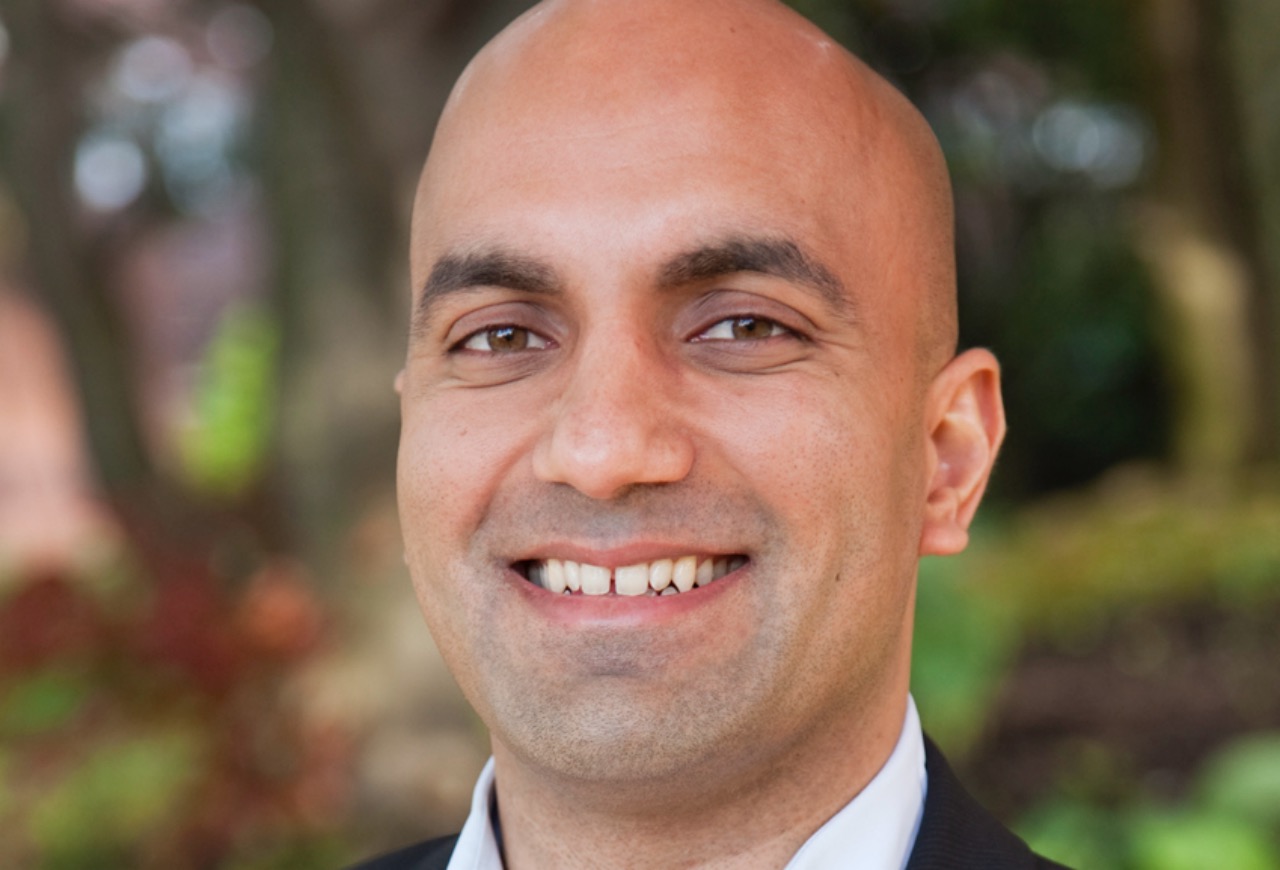The vast majority of impact investors say financial returns from their impact investing strategies meet or exceed their expectations, according to the latest research by the Global Impact Investing Network.

The impact investing sector is not only growing in size and becoming more diverse in terms of investor base and strategies – it is also delivering financial returns in line with the expectations for the majority of investors, according to the latest survey by the Global Impact Investing Network (GIIN), released this week.
The results of the study, based on data collected from over 300 impact investors globally, show that nearly 80% of investors believe the financial performance of their impact investing strategies meets or exceeds their targets.
The findings also indicate that the majority of impact investors (74%) target risk-adjusted market rate returns, with the rest chasing below-market-rate returns or capital preservation.
Speaking during the press launch of the research, GIIN’s CEO Amit Bouri, said the study takes the pulse of the sector, showing “what impact investors are actually doing and what they are seeing in the market”.
He added: “Impact investing is attracting a lot of attention and interest. At times there is a lot of hype and excitement, and there’s a lot of ambition. But we very much use this report to ground it in reality. What are real investors who are allocating capital into companies and projects all over the world, putting money into? How are they seeing the developments of the market? How is the market evolving? And what types of results are being achieved?”
Key findings
The GIIN published the results of its latest research in two separate reports, part of a larger series of briefs which will be released in coming months. Findings from these two first briefs shed light on the different types of impact investors and how they invest.
During the press launch, GIIN’s chief research officer Dean Hand highlighted four key takeaways from the research, which she said signal “a maturing market for impact investing”.
“One is that, overall, who impact investors are remains diverse but, as you’ll see from these findings, where and how they are deploying their impact investing dollars also remains diverse,” she explained.
Almost three thirds (71%) of impact investors in the sample are investment managers, investing on behalf of a variety of asset owners. Pension funds represented the largest proportion of investment managers’ capital (20%), followed by family offices (15%), development finance institutions (14%) and insurance companies (7%).
The second takeaway highlighted by Dean was the growth in assets allocated to impact strategies. The research shows that between 2017 and 2022 impact assets under management (AUM) grew by a compound annual growth rate (CAGR) of 18%. Collectively, the 308 impact investors have $213bn (€196bn) in impact AUM, up from $95bn in 2017.
Her third highlight relates to the financial performance of impact investments which “remains well within investors’ expectations and is largely on target”. Finally, Dean pointed to “the increasing presence of institutional investors moving into impact investing strategies”.
The compiled data shows that investment managers increased their sources of capital from all investor types between 2017 and 2022.
“Capital raised from pension funds and insurance companies over the past five years has increased significantly, a compound annual growth rate of some 32%. It’s coming from a relatively low base for sure, but nevertheless, the growth over time from that source of capital is notable,” Dean added.
Strategies
According to the research, over one quarter of capital allocated to impact investments is allocated through private equity (26%), followed by private debt (22% of) and real assets (17%). Public debt was the fastest-growing asset class at 101% CAGR, followed by real assets at 27%.

In terms of sectors, energy-related investments attracted the greatest proportion of AUM at 17%, followed by financial services, healthcare and microfinance. However, 61% of respondents said they allocated at least some AUM to the agri-food sector, making it the most common investment sector.
Regarding impact targets, almost all investors taking part in the research target at least one UN Sustainable Development Goal (SDG), with SDG 8 – decent work and economic growth – being the most popular, followed by SDG 7 – climate action – and SDG 5 – gender equality.
Bouri described the research as a “unique source of market intelligence”.
“This is an incredibly dynamic time and an important time for impact investing. There is a lot of macroeconomic uncertainty, a lot of change and a lot of need,” he said, adding society demands for businesses to provide solutions to the many challenges it faces. “Impact investing plays a very critical role as part of that bigger effort to invest in the world that we all want to live in the future.”





